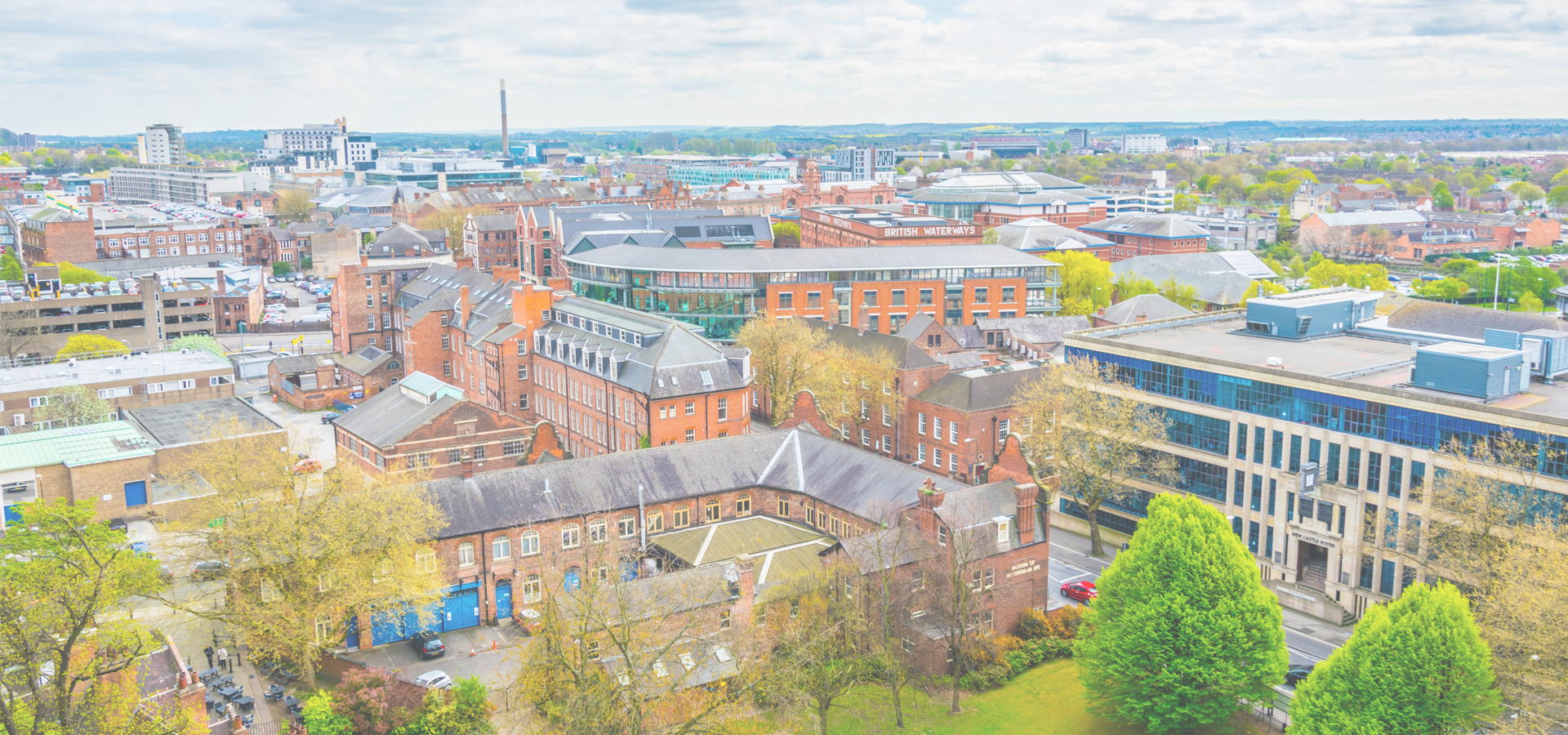Gedling, Nottinghamshire, England, United Kingdom
🏴 Gedling is a village and former civil parish which gives its name to the larger Borough of Gedling in Nottinghamshire, England. It lies 4 miles (6.4 km) north-east of Nottingham city centre. The parish was abolished in 1935 and absorbed into the urban district of Carlton, which in turn was abolished in 1974 on the creation of borough of Gedling. Gedling was recorded in the Domesday Book and is still a distinct settlement, although residential, commercial and industrial growth in the wider borough of Gedling and the neighbouring city of Nottingham, boroughs of Broxtowe and Rushcliffe and district of Ashfield (as well as the Derbyshire boroughs of Amber Valley and Erewash, which have become increasingly urban around Nottingham) means it can be difficult to distinguish the village of Gedling from the nearby town of Carlton, with which it has become contiguous.
History Gedling was first settled around Saxon times, when the Saxon chief Gedl (hence the name Gedling, coming from the chief "Gedl" and "Ing" being Saxon for People, Gedl-Ing meaning "Gedl's People") sailed up the River Trent, and then up the Little Ouse dyke, until he could get no further upstream. He landed at the spot which is thought to be the present-day site of All Saints' Church. Gedling has had several versions of its name including Ghellinge, Gedlinga, Geddlings, and Gettang.
Despite being a fairly small place, Gedling gives its name to the local borough council which has its offices in nearby Arnold, and also to the local parliamentary constituency, which covers the suburbs to the east of Nottingham, including Arnold and Carlton. Village pubs are the Gedling Inn (once the Chesterfield Arms) and The Willowbrook on Main Road.
Church In the older part of Gedling is All Hallows' Anglican Church. It dates from the 11th century, with the oldest part of the church (the entrance) dating back to 1089 – although there have been four other churches on this site, the oldest dating back to the year 678AD.
Civil parish In 1931 the parish had a population of 2822. On 1 April 1935 the parish was abolished and merged with Carlton.
Colliery Gedling Colliery, which was the life-blood of Gedling and many of the surrounding villages, opened in 1899 and was closed in 1991. One hundred and twenty-eight men died at the colliery, which produced over a million tonnes of coal per year in the 1960s. It developed a reputation as the "pit of all nations" because of the diversity of foreign miners who worked there: in the 1960s, 10 per cent of the colliery's workforce of 1,400 were originally from the Caribbean.
The site was opened as Gedling Country Park on 28 March 2015.
Country park
Opened in March 2015 on the site of the former Gedling Colliery, the site has views of Gedling, and from its highest point there are views across Nottinghamshire and into neighbouring Lincolnshire and Leicestershire. On a clear day it is possible to see as far as Belvoir Castle and Lincoln Cathedral. There are a number of paths that weave their way through the woodlands and grasslands that make up the flora and fauna within the country park.
Railway station There are plans to either reopen the railway line from Nottingham railway station and to reopen Gedling railway station which was closed on 4 April 1960, or to open the old line as a part of the Mineral Line cycleway. The original station building is now owned by a youth group. The line itself officially closed in 1995 when the line to the colliery eventually was classed as redundant.
Education The local school is the Carlton le Willows Academy, Wood Lane, Gedling for 11-to-18 year olds. The Gedling School closed to pupils in 2016 after becoming an Academy.
Economy: Retail There is a Sainsbury's Local convenience store on Arnold Lane and a Co-operative supermarket on Gedling Road.
Media Gedling borough has its own dedicated hyperlocal news website called Gedling Eye, which has been publishing local news on a daily basis since 2015.
Nature Reserves There are two nature reserves in Gedling, Gedling House Woods and Gedling House Meadows. These are contiguous spaces owned by Gedling Borough Council and managed by the Friends of Gedling House Woods. The woodland part of the site was designated a local nature reserve in 1992, with the meadow added in 2007.
Europe/London/Nottinghamshire

Gedling has a population of over 6,817 people. Gedling also forms the centre of the wider Gedling District which has a population of over 117,896 people.
To set up a UBI Lab for Gedling see: https://www.ubilabnetwork.org Twitter: https://twitter.com/UBILabNetwork
Twin Towns - Sister Cities Gedling has links with:
🇬🇷 Missolonghi, Greece🏴 Newcastle-under-Lyme 53.011
🇮🇪 Portlaoise 53.017
🇷🇺 Petropavlovsk-Kamchatsky 53.024
🇳🇱 De Fryske Marren 52.964
🇳🇱 Den Helder 52.957
🇳🇱 Heerenveen 52.957
🏴 Nottingham 52.95
Locations Near: Gedling -1.081,52.975
🏴 Nottingham -1.15,52.95 d: 5.4
🏴 Beeston -1.215,52.927 d: 10.4
🏴 Mansfield -1.183,53.133 d: 18.9
🏴 Kirkby-in-Ashfield -1.245,53.099 d: 17.6
🏴 Ilkeston -1.31,52.979 d: 15.4
🏴 Loughborough -1.224,52.769 d: 24.8
🏴 Melton Mowbray -0.886,52.766 d: 26.7
🏴 Newark-on-Trent -0.809,53.076 d: 21.4
🏴 Newark on Trent -0.8,53.067 d: 21.4
Antipodal to: Gedling 178.919,-52.975
🇳🇿 Dunedin 170.474,-45.884 d: 19019.1
🇳🇿 Christchurch 172.617,-43.517 d: 18865.6
🇳🇿 Canterbury 171.58,-43.543 d: 18835.4
🇳🇿 Wellington 174.767,-41.283 d: 18678.2
🇳🇿 Hutt 174.917,-41.217 d: 18673.5
🇳🇿 Lower Hutt 174.917,-41.217 d: 18673.5
🇳🇿 Invercargill 168.373,-46.413 d: 18964.5
🇳🇿 Upper Hutt 175.05,-41.133 d: 18666.6